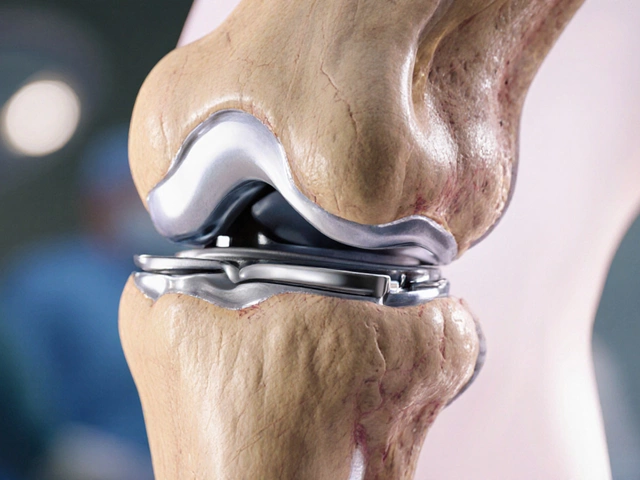Cardiac Surgery Prognosis: Key Factors and Outlook
When thinking about cardiac surgery prognosis, the expected recovery path, chances of long‑term health, and potential complications after a heart operation. Also known as heart surgery outlook, it guides patients and doctors in planning post‑op care. postoperative pain, the discomfort experienced after the incision and chest reopening is a direct driver of how fast you bounce back, because unmanaged pain can restrict breathing and slow wound healing. survival rates, statistical percentages that show how many patients live through and beyond the operation give a reality check on risk, especially for complex procedures like bypass or valve replacement. The length of the operation matters too – surgery duration, the total time the heart is on bypass or stopped influences both pain levels and infection chances. Finally, age plays a hidden but huge role; older patients often face higher odds of complications, while younger adults usually recover quicker. All these pieces – pain, survival odds, time on the table, and age – intertwine to shape the overall prognosis, giving you a clearer picture of what to expect after your heart surgery.
Factors That Shape Cardiac Surgery Prognosis
First, pain management isn’t just about comfort; it directly impacts lung function, mobility, and even heart rhythm. Modern protocols use a mix of epidural analgesia, nerve blocks, and tailored medication to keep pain scores low, which in turn speeds up breathing exercises and reduces clot risk. Second, survival rates differ by procedure type and hospital quality. For example, a 2023 study of 10,000 bypass patients showed a 98% one‑year survival at top‑rated centers versus 90% at lower‑volume hospitals. Knowing where you’re being treated can shift the odds dramatically. Third, the clock matters. Longer bypass times increase the chance of organ stress, so surgeons aim to finish critical steps within 2‑3 hours whenever possible. Shorter surgeries usually mean fewer complications and a smoother rehab. Fourth, age isn’t a strict cutoff but a factor that nudges the risk curve upward. Patients over 75 often have comorbidities like diabetes or kidney disease that demand extra monitoring, while those under 60 typically enjoy faster wound healing and stronger cardiac reserve. Lastly, lifestyle choices after discharge – quitting smoking, controlling blood pressure, and following a heart‑healthy diet – can boost the long‑term outlook far beyond the initial hospital stay. Combining these insights gives a realistic, data‑backed forecast that helps you make informed decisions about timing, facility choice, and post‑op plans.
Below you’ll find a curated set of articles that dig deeper into each of these elements – from managing heart surgery pain to understanding how age affects open‑heart outcomes, and from comparing international surgery costs to breaking down survival statistics for specific procedures. Use these resources to fine‑tune your expectations, ask the right questions of your surgical team, and build a recovery plan that aligns with your personal health goals.





